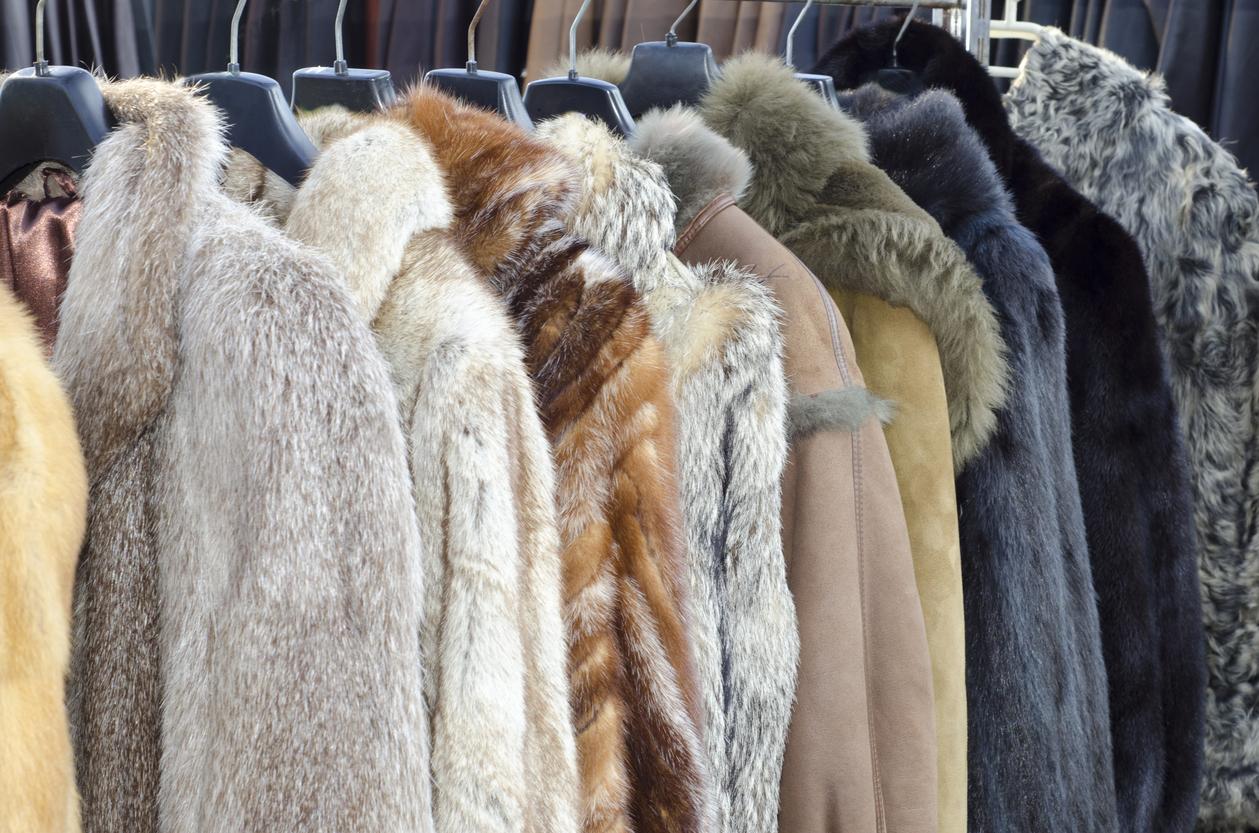London Fashion Week has recommended attendees avoid fur – but to protect the fur wearers, not the animals
While most designers do already have the compassion and common sense not to use real fur in their collections, it's despicable that it can still be seen on our runways because of a few unoriginal people courting controversy


Your support helps us to tell the story
From reproductive rights to climate change to Big Tech, The Independent is on the ground when the story is developing. Whether it's investigating the financials of Elon Musk's pro-Trump PAC or producing our latest documentary, 'The A Word', which shines a light on the American women fighting for reproductive rights, we know how important it is to parse out the facts from the messaging.
At such a critical moment in US history, we need reporters on the ground. Your donation allows us to keep sending journalists to speak to both sides of the story.
The Independent is trusted by Americans across the entire political spectrum. And unlike many other quality news outlets, we choose not to lock Americans out of our reporting and analysis with paywalls. We believe quality journalism should be available to everyone, paid for by those who can afford it.
Your support makes all the difference.On Thursday afternoon, London Fashion Week attendees received an official British Fashion Council email advising them to avoid wearing fur but not – as you might assume – because it’s cruel and inhumane and should have no place at an industry event but rather to protect those wearing it from the protestors.
Almost 20 years after fur farming was banned in the UK on animal-welfare grounds, the industry body should be banning fur from Fashion Week entirely, instead of continuing to allow a small number of heartless designers to parade the skin of tortured animals down the catwalk.
Decades ago people could claim ignorance about animal suffering in the fur industry – but now, that’s impossible. Today, anyone with an internet connection can see videos and photos of animals on fur farms who spend their lives confined to tiny cages, often with little to no protection from the snow and sleet in wintertime or the scorching summer sun.
No one with an ounce of empathy could fail to be appalled by the distressing footage – taken on fur farms in Finland, Sweden, the US, and other so-called “high-welfare” countries – of foxes, rabbits, minks, and other animals who were left to suffer in filthy wire cages with untreated wounds, injuries, and even missing limbs, sometimes alongside the rotting corpses of other animals. These frightened, distressed animals often mutilate themselves and their cagemates before their short lives come to an end through painful anal electrocution, neck-breaking, drowning, gassing, or strangulation.
In China, where there are no laws to protect animals, two million cats and dogs are skinned for their fur every year. Some of them – abducted family companions – are still wearing their collars when the skin is torn from their writhing bodies. Just the thought of it, as I look at my three uniquely individual and characterful cats curled up contentedly in their beds, makes me nauseous.
I’m proud to be part of a movement that’s working day and night to prevent more animals from enduring these unthinkable horrors. And the protests across every continent, celebrity-fronted campaigns (everyone who’s anyone has spoken out against fur – from icons Michelle Obama and Carla Bruni-Sarkozy to Penélope Cruz, Kate Winslet, P!nk, and Miley Cyrus), and exposé after exposé have had a huge effect.
Last autumn, a group of leading young fashion designers, including Hannah Weiland of Shrimps, Molly Goddard, and Faustine Steinmetz, wrote to students at Central Saint Martins urging them not to use fur in their collections. “Fortunately, in order to be a success in the fashion world, you don’t need to contribute to the barbaric treatment of animals practised by the fur industry,” they wrote. And of course, they’re right. A Peta poll of every single designer featured during London Fashion Week determined that 86 per cent didn’t use fur in their 2016 AW collections. Even longtime fur apologist Giorgio Armani announced last year that the entire brand was dropping real fur.
It’s hardly surprising then that a recent poll found that 95 per cent of the British public refuses to wear real fur – or that it’s virtually impossible to find on UK high streets. Retailers across the spectrum – from Liberty and Selfridges to H&M and River Island – all refuse to sell it, and designers such as Stella McCartney, Vivienne Westwood, Vika Gazinskaya, Shrimps, Christopher Ræburn, Felder Felder, and many others refuse to support the bloody fur trade.
The fashion industry is one of the most creative and influential industries in the world – and more than ever, it’s defined by innovative designers’ use of cutting-edge, sustainable, and animal-friendly fabrics. And while most designers do already have the compassion and common sense not to use real fur in their collections, it’s despicable that it can still be seen on our runways because of a few unoriginal people courting controversy.
Most of us agree – whether we’re sitting in the front row or standing on the streets – that real fur should be kicked off our catwalks.
Mimi Bekhechi is the Director of International Programmes at Peta
Join our commenting forum
Join thought-provoking conversations, follow other Independent readers and see their replies
Comments